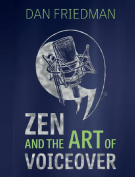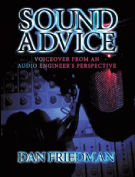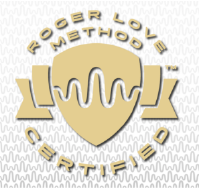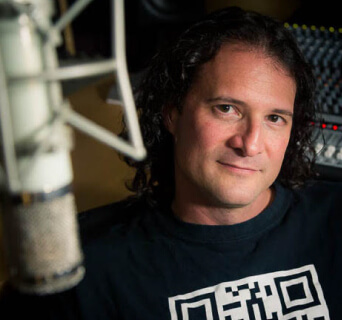 Its been awhile since I’ve posted here on Sound4VO. For those of you who are regular readers, I apologize for the silence. Truth is… I’ve been busy!!
Its been awhile since I’ve posted here on Sound4VO. For those of you who are regular readers, I apologize for the silence. Truth is… I’ve been busy!!
Over the last several months, some remarkable opportunities unfolded before me and I owed it to myself to pursue them (and I’ll continue to pursue them). First and foremost, I had the opportunity to co-star in a television pilot… Rockin’ A Hard Place. In a nutshell, the show is similar to Taxi or 30Rock, but it takes place in a rock and roll club. This was BIG! It was fun; a chance to spread my wings and learn some new things.
Television, as an on-camera actor, wasn’t on my radar. I had never even considered it to be a possibility or a direction I would take. But I am glad this path revealed itself to me. After I was encouraged to audition, I got the part and jumped at the opportunity. Although we’ve had the live premiere of the pilot, the show is still undergoing editing, mixing and tweaking. I feel as though I performed well and the producers told me that I had. 🙂 The entire experience has been very exciting and it was a thrill to be a part of it. They’ll begin pitching the show in the next several weeks. As for the future of Rockin’ A Hard Place and my role in it, that remains to be seen. But, before moving on about the future… allow me to jump back in time for a moment.
Nearly twenty years ago, I was working as a photographer, manager and graphic designer for a few local bands. I was in rock and roll clubs that featured live music almost 4 nights a week. One night, at a gig, the house sound engineer told me he had to leave town for a couple of weeks and needed someone to fill in. He asked if I wanted to learn how to run sound and I responded by saying, “HELL YES, I want to learn how to run sound!” Five months later, I was getting complimented regularly for my work. However, I still didn’t feel confident that I really knew what I was doing. So… I went to recording school.
In 2000, I began working as a studio manager for a voiceover studio. I had just left radio and voiceover, as a career, was new to me. Voiceover seemed like fun and I was very interested in learning more about it. I took a two month long workshop and learned skills that every voice talent should know. While I had the desire to be a talent, my focus wasn’t quite there yet. At the time, the greatest benefit to me was that the workshop taught me how to speak the language and how to direct voice actors. As a result, I became a much better producer. Years later (after engineering, directing and producing hundreds of VO sessions, listening, and practicing on my own), I was finally able to put that knowledge I had gained in the workshop (coupled with years of experience as a director, producer and engineer) into practice as a voice talent myself.
While I’ve just shared some of my personal journey, this post is not about me or my history. It is really about the relationship between opportunity and preparation.
For the past several years we’ve seen a dramatic increase in the number of people interested in getting into voiceover. I’m guessing with the release of In A World and also of I Know That Voice, interest is going to explode over the next year. Sadly, many voice demo factories are going to capitalize on this and start cranking out demos for people who aren’t ready. Additionally, many people are going to put a profile up on a P2P site and offer their services as a “voice talent” without any knowledge, training or experience. Both practices are shameful.
For those VO demo factories and so-called coaches who offer “get rich quick” promises and have plans to seize this “opportunity” by taking advantage of those wanting to pursue this career, those of us us who have been around awhile… know who you are.
If you are an individual who is inspired and truly interested in working and building a career in voiceover, here are some things you need to know. I understand that you may do a great Ronald Reagan or Fran Drescher impression or can imitate a commercial or preview you heard while watching TV or waiting for the movie to start. While imitation is flattering, it is not a truly necessary element to achieving success in voiceover. No matter what you’ve been told, this business is not right for everyone. Furthermore, it is a business. It requires time and ongoing effort applied to developing relationships, marketing, advertising, accounting and… training.
Training is by far one of the most important elements to success in nearly any career, including voiceover. If you truly want to make the most out of an opportunity and position yourself for more and possibly greater opportunities, you must seek the wisdom of reputable people and organizations who can help you achieve your goals and prepare you for that next big thing. Don’t forget about the hours, days, weeks, months and possibly years of unrelenting effort that you must also put in on your own. As I have written in past articles, a voiceover career “cooks” as though it were a meal in a crock pot, not a microwave.
For those of you who are thinking about getting into voiceover… go for it! But as the saying goes, luck favors the prepared. Prepare yourself for every step of the journey. In the beginning, find reputable people and organizations to help you and get training before offering your services. Attempting to build a sustainable and successful career on a weak foundation (or none at all) is difficult, if not impossible. Also, quality training will provide you with confidence so that you don’t feel as though you need to work for peanuts… unless of course you enjoy being paid like a monkey (I mean no offense to monkeys or peanuts… I like both). And, once you’re working, expect to continually invest in your training, your studio and your business.
For those of you who are already working in this industry, I encourage you to seize new opportunities when they present themselves. It can be terrifying at first, but ultimately, you may have some fun while learning something new. Acting on camera seemed like a reasonable extension of what I’ve already been doing as a voice actor so I thought it was well worth taking the chance and auditioning for the role. By the way, my role in the pilot… live sound engineer. Funny, you just never know how your past experience will help prepare you for your present or your future.
Which brings me back to today…
I’m “seizing the day” with this on-camera opportunity, just as I did in 1995 and again in 2000, by getting educated. I am now enrolled in acting classes and loving every minute of it. I’m certain that acting classes will not only allow me to pursue opportunities in a new arena, but will also benefit my career as a voiceover artist. Preparation leads to opportunity and seizing an opportunity, in my experience, has meant more preparation so that I am ready for the next bigger and better opportunity.
Each opportunity I’ve been offered along my career path was merely a seed. The training… growth. My career… the harvest.
What is your experience?
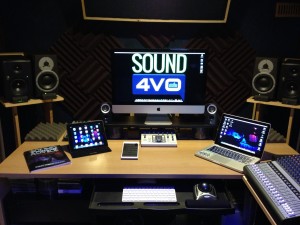 It is as simple as this… if you want to work in voiceover, you need a
It is as simple as this… if you want to work in voiceover, you need a 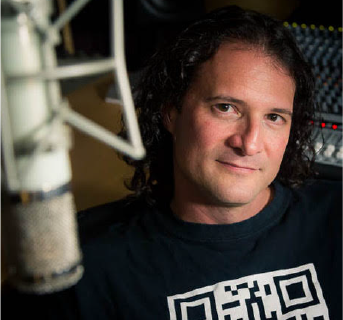 Last weekend I had the great pleasure of meeting and hanging out with some of the brightest stars in the voiceover business. Gerald Griffith of
Last weekend I had the great pleasure of meeting and hanging out with some of the brightest stars in the voiceover business. Gerald Griffith of 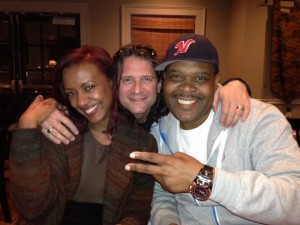
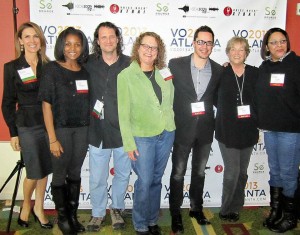
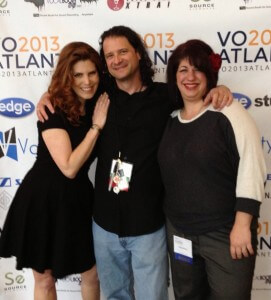

 There are many great voiceover events each year. But none have had the impact on my career, and on my life, than FaffCon. The FaffCon crew has created a new event that is open to everyone at all stages of their voiceover career… FaffCamp!! This isn’t some watered down version of FaffCon. FaffCamp will be everything FaffCon is, but with more structure and more participants. More structure and more participants means there will be new things to experience, more people to add to your network and a variety of new opportunities.
There are many great voiceover events each year. But none have had the impact on my career, and on my life, than FaffCon. The FaffCon crew has created a new event that is open to everyone at all stages of their voiceover career… FaffCamp!! This isn’t some watered down version of FaffCon. FaffCamp will be everything FaffCon is, but with more structure and more participants. More structure and more participants means there will be new things to experience, more people to add to your network and a variety of new opportunities.
